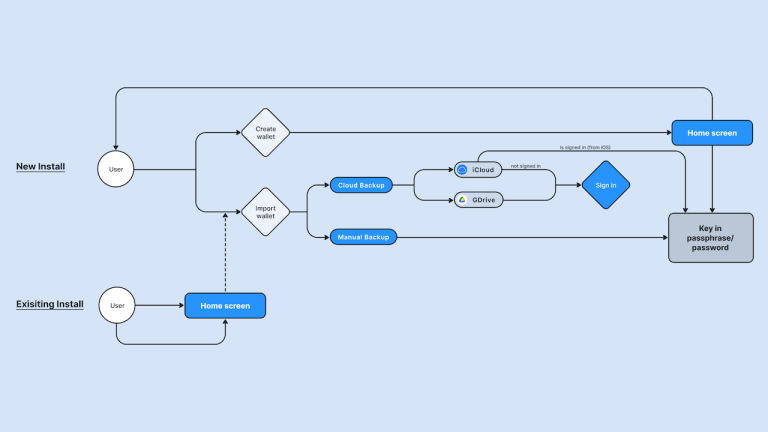
Internet Computer Protocol smart contracts will soon be able to etch Runes, trade BRC-20 tokens and enable Bitcoin-based DeFi functionality.
The Internet Computer Protocol (ICP) plans to use advanced threshold cryptography to unlock decentralized finance capabilities and smart contract functionality on Bitcoin’s base layer.
Speaking to Cointelegraph during Paris Blockchain Week, Dfinity senior research scientist Aisling Connolly outlined how ICP’s integration of threshold-Schnorr signatures will enable the protocol’s smart contracts to obtain addresses and authorize transactions directly to the Bitcoin blockchain.
Schnorr signatures are a specific type of digital signature named after mathematician Claus Schnorr. They work like a secret handshake between two parties, proving that one person has signed off on something without revealing their secret code.




